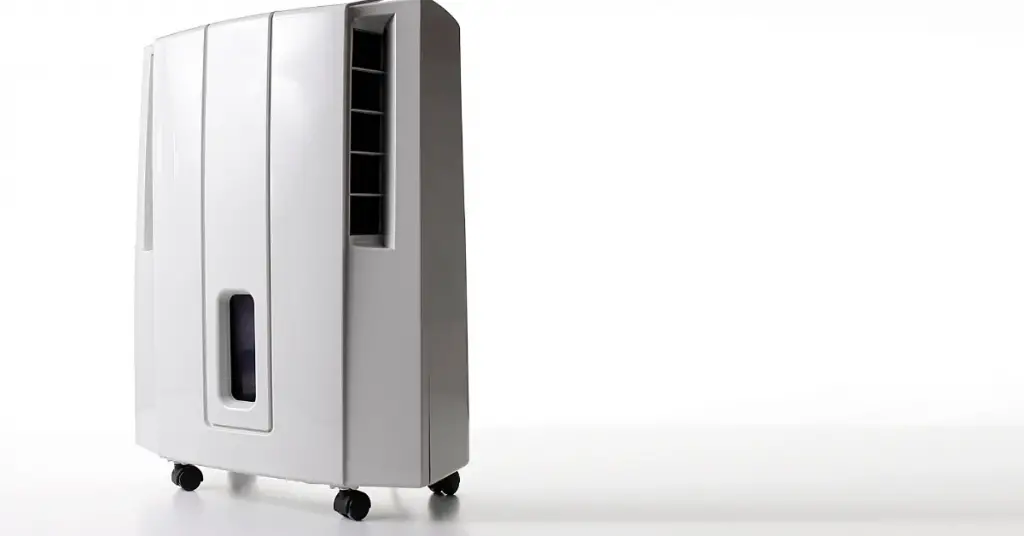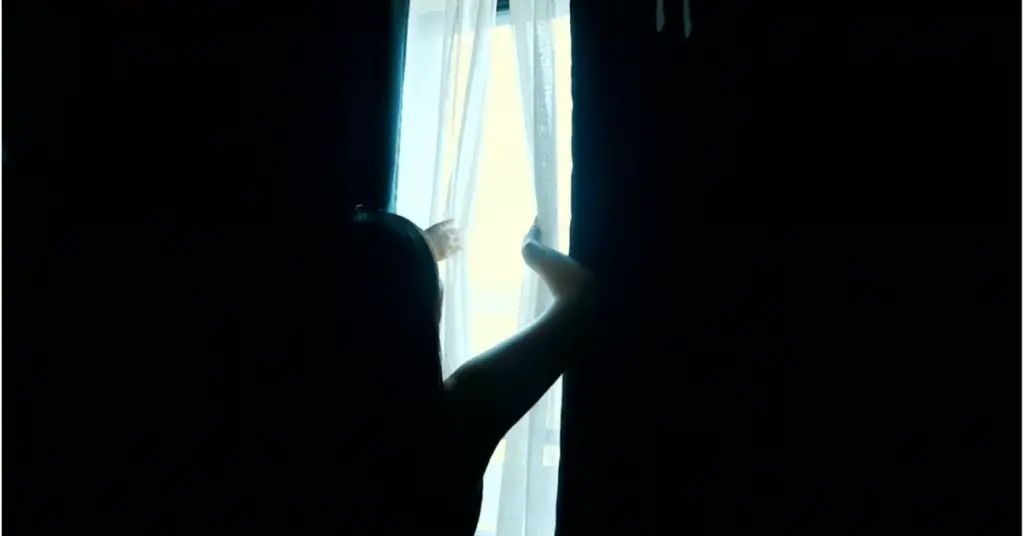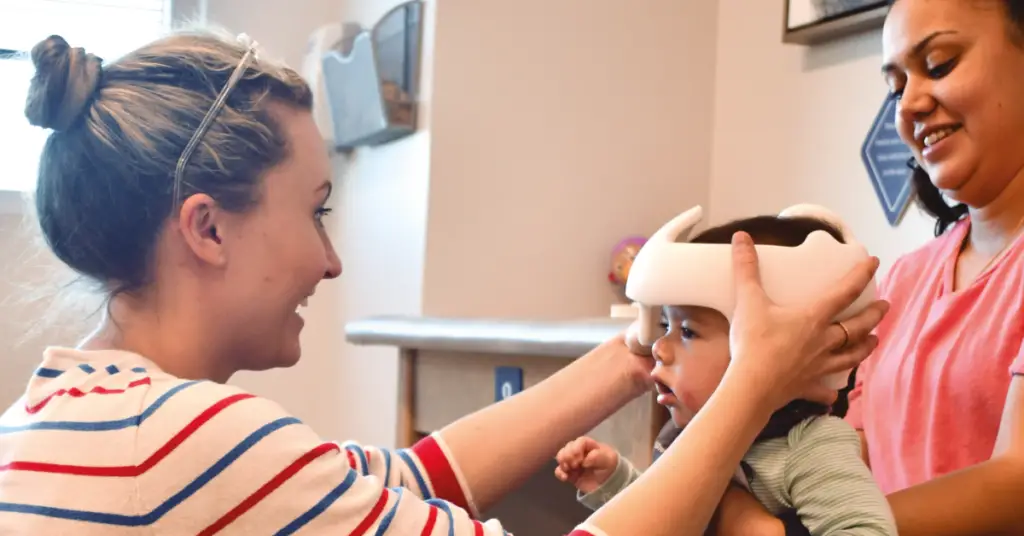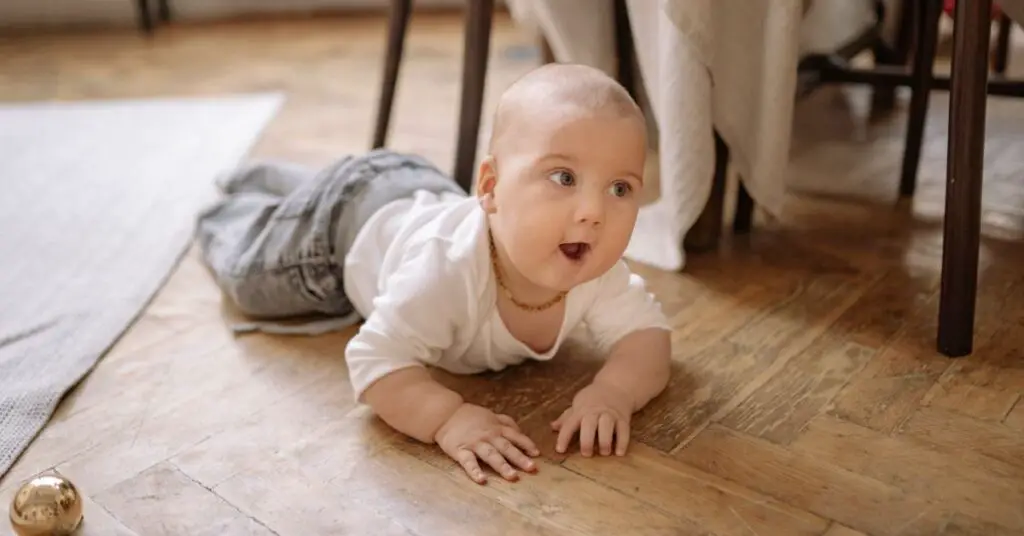Find out what the benefits and drawbacks of using a Montessori floor bed are, as well tips for transitioning your child from a traditional bed.
The products mentioned on this page were independently selected by Babycious editors. As an Amazon Associate, Babycious may earn a commission from qualifying purchases.
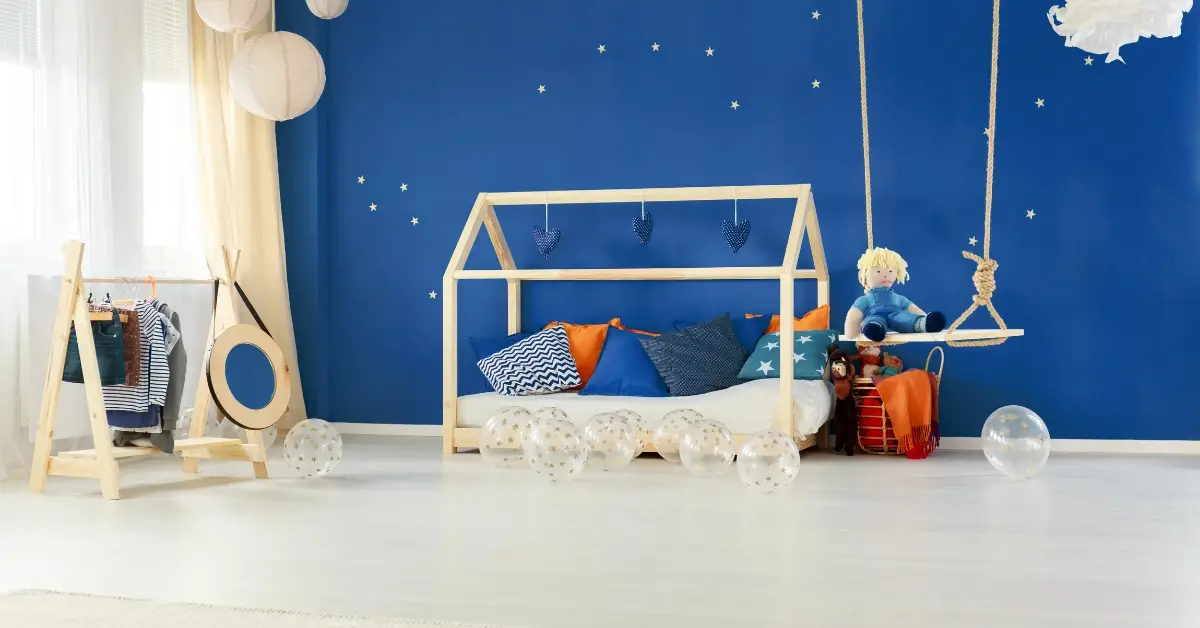
A Montessori floor bed is a great option for parents who want to provide their children with a more natural sleeping environment. There are many benefits to using a floor bed, but there are also some drawbacks that you should be aware of. In this blog post, we will discuss the good and bad of using a Montessori floor bed. We will help you decide if this type of bed is right for your family!
The Montessori education style puts an emphasis on developing practical life skills, giving the child the ability to take care of their own surroundings and having freedom of movement. One way that this is achieved is by allowing children to sleep in a Montessori bed.
But first, what is a Montessori bed? A Montessori bed is a bed that is low to the ground, often with no sides or restrictive railings around it. This allows children to easily get in and out of the bed by themselves, fostering a sense of independence.
Pros and Cons of Using a Montessori Floor Bed
The Good About the Montessori Floor Beds
After doing a bit of research on the benefits of using a Montessori floor bed, I have found little to no studies that were specifically done on the effects of Montessori floor beds. However, having switched to using a Montessori floor bed for my own daughter, I can say that the pros definitely outweigh the cons!
One benefit is that it can help your child to develop a sense of independence. It was important for me to give my child a space where she could be independent and unsupervised in. I felt that by using a Montessori floor bed, I was giving her the opportunity to develop this skill.
Another benefit is that it made it easier for me to lie down with her and read stories before bedtime. I found that when she was in her crib, it was difficult for me to get comfortable and lie down next to her. But with the floor bed, it was much easier.
I also did not have to worry about her climbing out of the crib once she started to become more mobile. With the floor bed, she could not climb out and hurt herself.
The Bad About the Montessori Floor Beds
With your child having a newfound freedom, they are definitely going to get out of the bed and explore more often while being unsupervised! This means that you will need to be more vigilant when it comes to baby-proofing their room. Anything that could possibly harm your child should be removed from their reach.
Another downside is that your child will be potentially more exposed to allergens and dust. If your child has asthma or allergies, you will need to be extra careful when using a floor bed. Make sure to vacuum and clean their room more often to reduce the amount of allergens that they are exposed to.
Using a Montessori-style bed can also mean that your child is closer to the floor so they will get colder during the night. This is why it is essential to have a good quality mattress and bedding that will keep them warm throughout the night and to adjust the room’s temperature and humidity accordingly.
When Can You Start Using a Montessori Floor Bed?
As a parent, making the switch to a floor bed can be a daunting task. You might be wondering when the best time to start using a floor bed is, and what the most appropriate age for your child is.
The short answer is that you can start using a Montessori floor bed as early as 5 or 6 months old when your baby is able to sit up unassisted and has become more mobile. However, if you want to wait until they are a bit older as I did with my daughter, that is perfectly fine too!
Before or After One-Year-Old?
Most Montessori specialists recommend transitioning to a floor bed between 5 and 10 months old. This is because they need to be able to sit up unassisted and be more mobile before being able to sleep safely in a floor bed.
I personally transitioned my daughter to a Montessori floor bed when she was 18 months old, simply because she was happily sleeping in her crib and I saw no need to switch her over sooner (if it ain’t broken, why fix it?)!
Before or After Potty Training?
I get this question a lot from parents who are thinking about making the switch to a Montessori floor bed. And my answer is always the same: it is best to move your child to a Montessori bed or a toddler bed well before they are potty trained! This way, they will have independent access to the toilet whenever they need it and will be more likely to want to get out of bed to go to the bathroom even in the middle of the night.
Do These Things Before Switching to A Montessori Floor Bed
When considering the switch to a Montessori floor bed, it’s best to properly prepare the move so that you and your child can get the best sleep possible without worrying about safety issues that could arise. Here are a few things that you should do:
Prepare the Room
An important thing to remember when setting up a floor bed in your baby’s room is that the entire room will be their crib! So you need to be extra vigilant with baby-proofing. Here are the main points that you need to pay attention to in this process:
- Securing furniture to the walls. This is one of the first things you need to do to prevent common accidents like dressers tipping over on top of your child. You can do that by getting anchoring kits on Amazon or at your local hardware store and attaching all of the furniture to the wall.
- Covering any sharp corners with corner bumpers. Using corner guards will keep your child from getting injured if they bump into a sharp corner.
- Covering any outlets in your baby’s room. To avoid electrical hazards, you’ll want to use outlet covers that will prevent your child from sticking their fingers or any objects into the outlets. We loved using this dual fit outlet plug cover from Amazon, especially for the baby monitor outlet that’s within reach. It covers both used and unused outlets and is virtually impossible for the little curious hands to get it out.
- Removing any cords or strings that are within reach. This includes electrical cords, window blind cords, and any other cords that your child could potentially reach and pull on.
Part of Montessori room prepping is also to make sure that your child can access things they need without assistance from you. This includes having furniture low to the ground, and some low book or toy shelves to keep them entertained and motivated to explore on their own. You can also get Montessori furniture that is specifically designed for babies and toddlers.
Related: 7 Effective Ways to Reduce Humidity in Your Baby’s Room
Choosing the Right Floor Bed
If you decide to go with the Montessori floor bed option, you will find yourself faced with a myriad of options. From a sophisticated cabin bed to a low platform toddler bed to simply putting a mattress directly on the floor and having it be the bed. Choosing to go with one option or the other will depend on your budget, your baby’s room décor, and your personal preference.
If you live in a warm or humid climate area, an important aspect to take into account is the airflow underneath your floor bed, so I would recommend that you avoid putting the mattress directly on the floor. Inadequate airflow beneath the mattress can result in mold growth, especially in the winter season when the excess water is less likely to evaporate in the air. If that’s your case, it’s best to get a bed with slats on the bottom so that the mattress is not directly on the floor.
If you’re still concerned about potential mold growth issues, a good habit to implement in your cleaning routine would be turning the mattress regularly and airing it out. Just make sure you don’t lean it against the wall while your kids are in the room or can get in the room unsupervised.
Keeping the Pets Away
This one is particularly important if you have cats because they tend to like to sleep on or near baby beds. Not only is it disruptive to your baby’s sleep, but you also don’t want your kitty to accidentally scratch or hurt your baby. The best way to keep them away is by closing the door every time your baby is asleep in the room. Closing the door is also safer in the event of a fire!
Using a baby monitor can also be helpful to keep an eye on your little one while they’re sleeping. Remember that a cat with a baby is always a concern whether the mattress is on the floor or in the crib!
Final Thoughts
A huge part of Montessori teachings is following the child and respecting them. So what works for one child may not necessarily work for another. The key is to be observant and go with what works best for your family. And always keep safety in mind, no matter which route you choose!
I hope this article was helpful in giving you a better understanding of Montessori floor beds and whether or not it’s the right choice for your family! What are your thoughts on Montessori floor beds? Have you tried it with your child? Let me know in the comments below!
The purpose of this article is informative and educational only. It’s not a substitute for medical consultation or medical care. We do not accept any responsibility for any liability, loss, or risk, personal or otherwise, incurred as a consequence, directly or indirectly, from any information or advice contained here. Babycious may earn compensation from affiliate links in this content.
